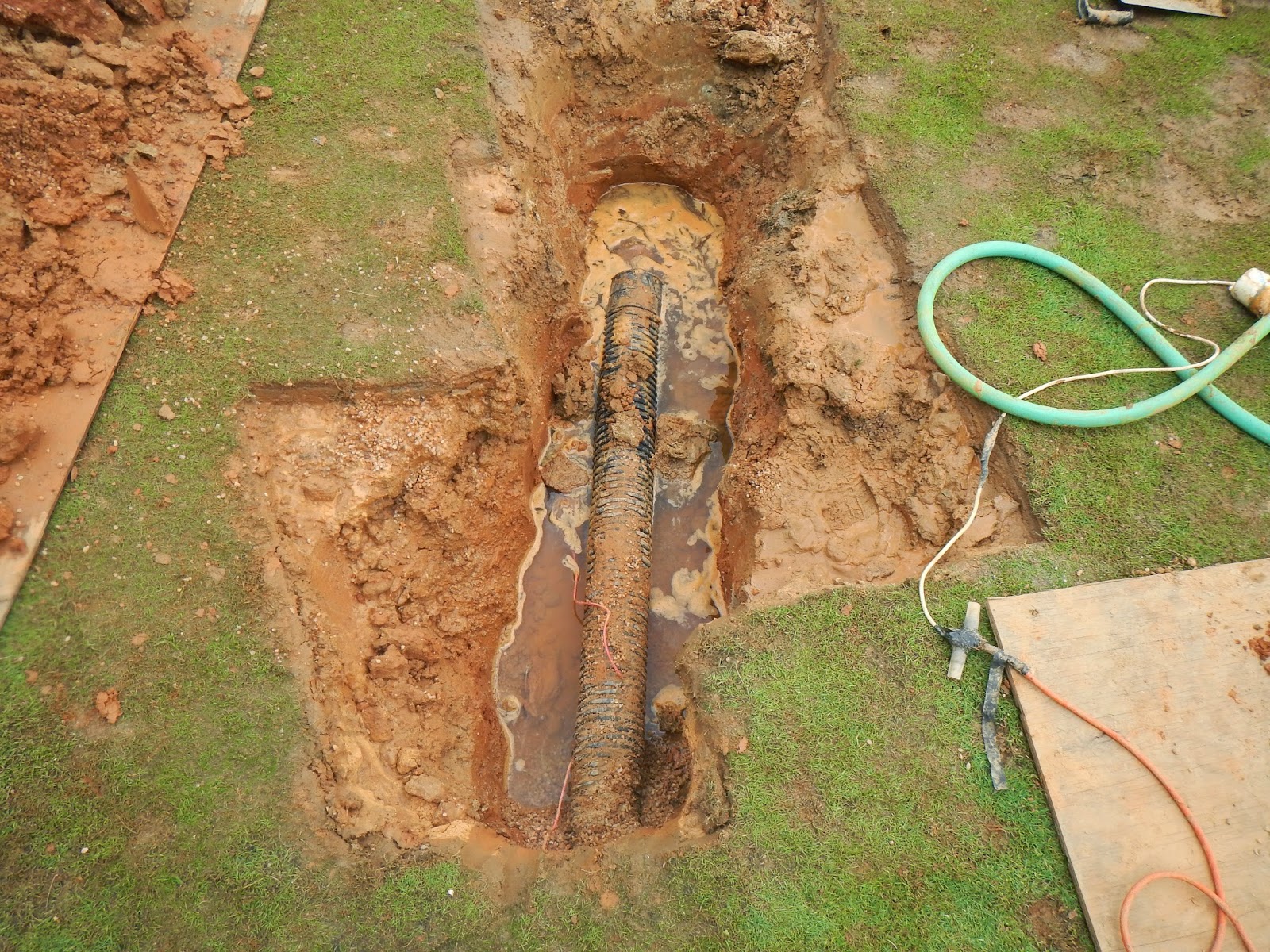Lately the greens have been drying down and the staff having to apply water to the surface via hoses constantly. This can be sustainable for only so long until we need to bring the entire sand profile back up to the moisture levels we desire more uniformly. What I mean by this is the surface can be wetter than the bottom of the 12 inch profile and we generally have roots into the 5-6 inch range. This creates soft conditions on the surface and eventually causes the grass roots to shrink up. Since the weather is cooler than normal we opted to do a flush of the greens. What this means is we water the greens so that the sand profile will reach field capacity, and once that level is exceeded the drainage system begins to operate like a toilet pulling the water through the drainage system at an alarming rate. A big advantage to this is the ability to remove sodium in the profile, to mulch salt from irrigation is harmful to the health of the plant. Some other advantages is it does wet everything uniformly and while the "flush" is happening it is also pulling the old and musty air out and trading that with fresh air. This is another technique in getting more oxygen to the root systems!
Where am I going with all of this? When we flushed the greens we noticed a a lot of water bubbling out of the ground at the short game chipping green. At was a large amount and our first instinct was that we have an irrigation leak. That was quickly not the case, it actually was the greens drainage that came off the chipping green and went into the old bunker we took out, there was so much force that the water made its way to the surface being buried about 2 feet down, as you can see the power of flushing the greens. When we removed that bunker we removed the drainage not thinking that the two were tied together. Sure enough the drainage line was cut and we now are busy extending this out towards the parking lot. At some point we would have figured this out because the green would be talking to us, we are glad we caught the problem early on.
 |
| cut pipe |
 |
| new extension to dump into the parking lot |
















